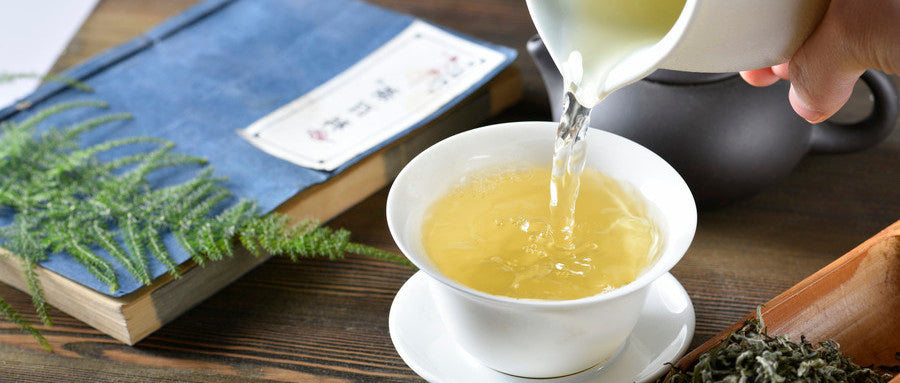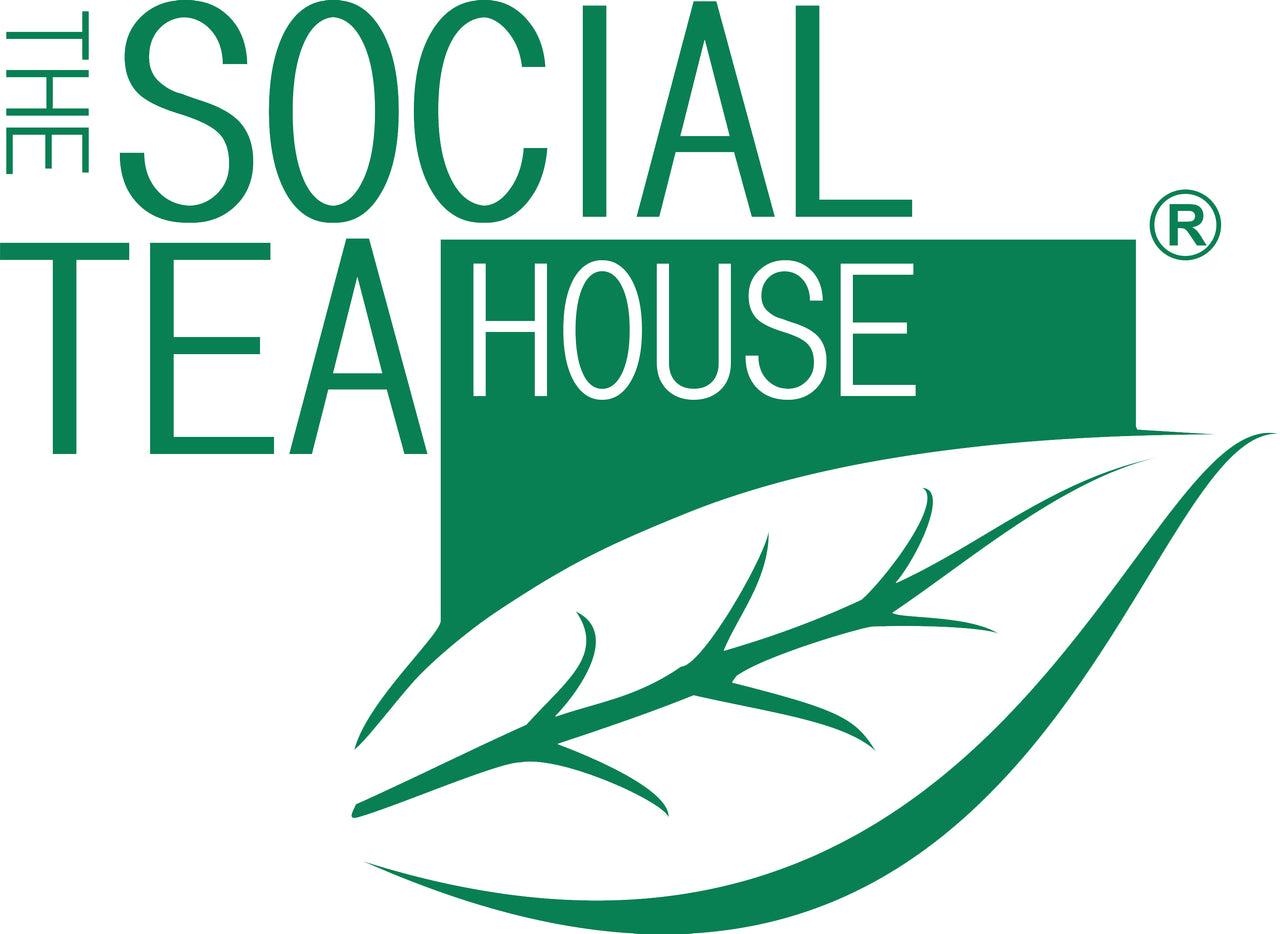
The Details and Facts You Should Know about Chinese Tea Ceremony
China is widely known as the hometown of tea, with a tea history of around 4000 years. Tea ceremony originates in China, though, flourished in Japan. Therefore, when people think of tea ceremony, they first think the Japanese tea ceremony. Both Japanese tea ceremony and Chinese tea ceremony conform with the wisdom of oriental philosophy. Furthermore, Chinese tea ceremony reflects the central idea of Taoism,Confucian and Buddhism. That is, the peace. 
“The way of tea’, Chinese tea ceremony is not only to drink tea but also to learn and understand the traditional Chinese culture. Therefore, the tea ceremony is the core of Chinese tea culture. By preparing and drinking tea, the tea masters show their personal thoughts and spiritual world.
There are three distinctive features of Chinese tea ceremony. First of all, from the way you practice tea ceremony, you show us what kind of person you are, your manners, personality, aesthetic view point, and even inner world. Secondly, Chinese tea ceremony requires peace and pureness. Thirdly, the tea ceremony in China calls for authenticity. The fine tea comes with the spring water, the natural environment, the authentic bamboo or wood tools, and the porcelain tea sets.

History
Sichuan was regarded as the first place in China to drink tea. As far back as 475BC or even earlier, tea trees were planted on a large scale, and the tea was sent to the court as tributes. In Han Dynasty (202BC - 220AD), it was nationwide popular to drink tea, with special tea sets. The tea plantation areas continued to expend to the South and East of China. According to The Book of Tea, the first documented evidence of tea in the world (first came out in 780 during the Tang Dynasty), Shannxi, Shanxi, Hunan, Yunnan, Guangxi, Guizhou, Guangdong, Fujian, Zhejiang, Jinagsu and Anhui provinces later became the main tea production places in China, apart from Sichuan.
Lu Yu, the author of The Book of Tea, described the theory of tea ceremony, the way of drinking tea, the usage of tea sets and tea morality in this book, making it also the first book of Chinese tea ceremony.

Sichuan tea ceremony
Tea sets for Chinese tea ceremony
Equipment to store tea: Chaze (茶则), teaspoon, tea funnel, tea holder, tea grinder
Equipment to separate brick tea: tea clip, teaspoon, tea needle, tea paddle, tea knife
Equipment to drink tea: teacup, tea aroma smelling cup, cup saucer
Equipment to wash tea sets: tea tray, tea plate, water pot, tea leaves pot, water basin, Chacin (tea towel), tea sets vessel
Other equipment: kettle, tea brush, censer

Chinese porcelain tea sets
Equipment to separate brick tea: tea clip, teaspoon, tea needle, tea paddle, tea knife
Equipment to drink tea: teacup, tea aroma smelling cup, cup saucer
Equipment to wash tea sets: tea tray, tea plate, water pot, tea leaves pot, water basin, Chacin (tea towel), tea sets vessel
Other equipment: kettle, tea brush, censer

Chinese porcelain tea sets
The famous types of Chinese tea ceremony
Chinese tea ceremony is about tea drinking, as well as nurturing body and soul, learning Chinese culture and manners, and purifying the mind. Chinese tea ceremony devotes particular care to the fine teas, clean tea water, heat control, tea sets and the peaceful environment.
Tōcha or tea contrast
Beginning in Song Dynasty (960-1279), Tōcha was the highest form of tea art , and actually a kind of game poplar among scholars. The tea house for tea contrast usually had two floors. The guests would be invited to the second floor, where there were full of prizes. The competitors drank ten cups of tea of four varieties, then told the production areas of the teas, and the source of the tea water. The essence of Tōcha was later absorbed by Japanese tea ceremony.
Kung fu tea ceremony
Dating back to Song Dynasty (960-1279), Kung fu tea ceremony is now the most famous type of Chinese tea ceremony and popular in Chaoshan area (Chaozhou City, Shantou City and Jieyang City) in Guangdong Province. The most important thing of kung fu tea is the tea sets. There are at least ten tea sets for Chaoshan kung fu tea ceremony. The way to practice kung fu tea ceremony include five basic steps. Step 1, prepare a bottle of boiled water. Step 2, put the tea leaves into the tea cup with hot water and soak for about 30 seconds, and then spill the water. Step 3, put the tea leaves into the tea funnel to filter out the impurities. Step 4, pour the hot water again, and use the cup lid to stir the tea leaves a little bit. Step 5, pour the tea into the tea funnel again, and it is ready to drink.

Kung fu tea ceremony
Sichuan tea ceremony
Sichuan tea ceremony is that the tea master pours boiling hot water into a tea bowl from a 1.2-meter long copper pot, without splashing a drop of water. The tea master fits basic kung fu skills and acrobatics into the tea ceremony, with great commentaries. If you are interested in Sichuan tea ceremony, you can take a tea culture tour to Chengdu and find yourself a tea house.
Zen tea ceremony
In ancient China, Buddhist monks planted, processed tea and formed the habit of drinking tea. They made a great contribution to the development of Chinese tea. Many ancient famous teas were related to the Buddhist temples. For example, The book of Tea tells that Tianzhu Temple and Lingyin Temple produced West Lake Longjing Tea. Zen tea ceremony blends the elements of tea culture and Buddhist practice. The monks are addicted to tea for three good reasons, to meditate all night long, to help digest, and to suppress sexual desires.

